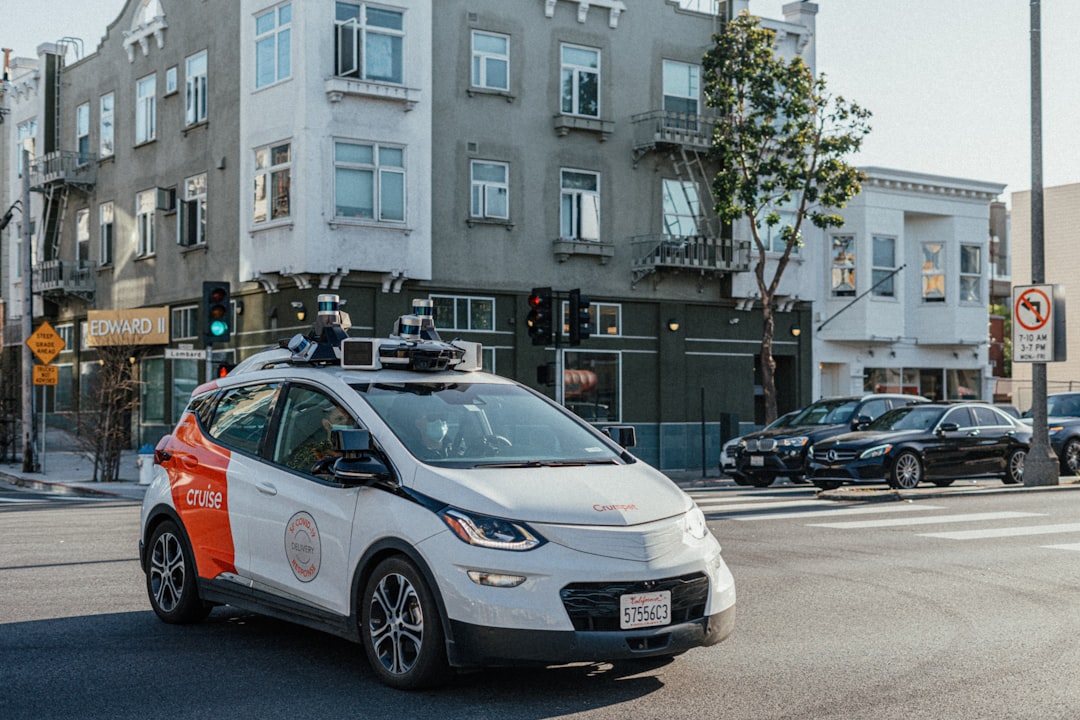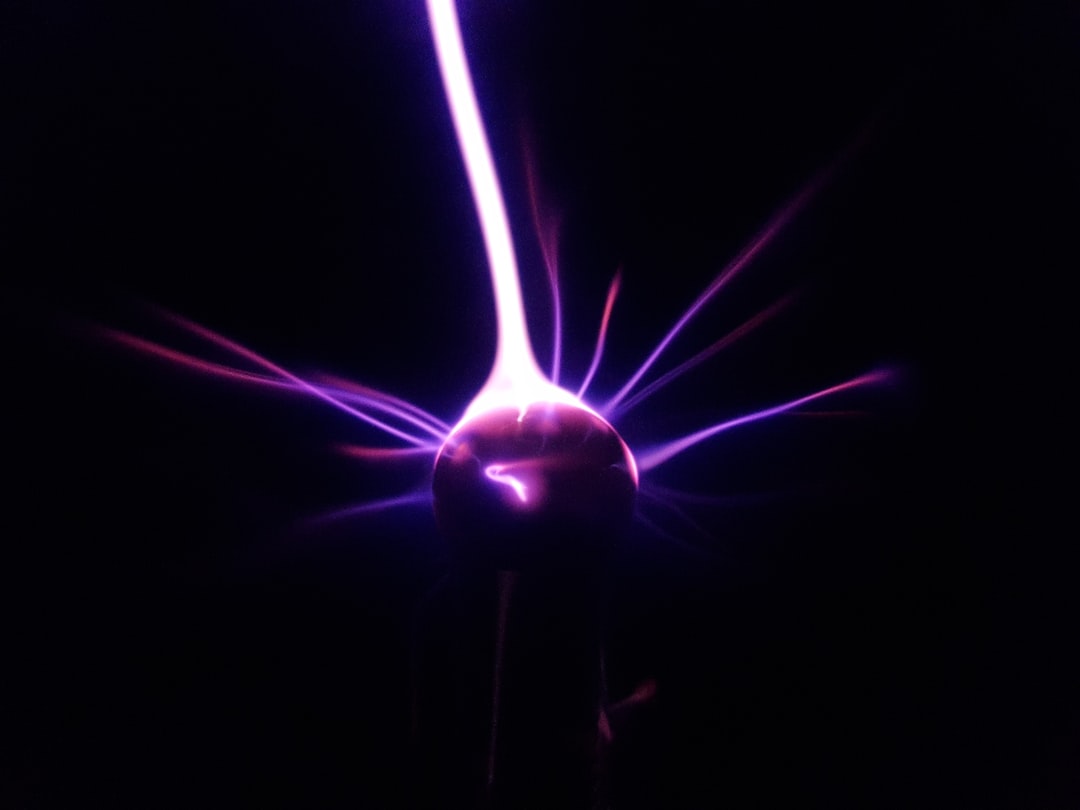What is it about?
Can we reproduce the human brain? This survey explains how researchers nowadays represent and emulate networks of bio-inspired neurons. Networks of bio-inspired spiking neurons open a large scope of new possibilities in artificial intelligence, but come with their lot of problematics, namely the physical implementation of such networks. In this paper, we discuss the differences between the various representations of neural networks - both classical and spiking -, and go further in details about how to program, train, simulate, and emulate these networks. We also present an exhaustive comparison between the works of the most famous actors in the field of bio-inspired artificial intelligence, with for example IBM, Intel, and several major Universities or governamental institutions and organizations.
Featured Image

Photo by Moritz Kindler on Unsplash
Why is it important?
We aim at giving a kickoff for anyone who is not familiar with the principles of bio-inspired artificial intelligence. This survey states clearly the pros and cons of bio-inspiration in the field of artificial intelligence, on both an algorithmic and hardware perspectives. At the same time, it is a strong introduction to the field of event-based hardware implementation.
Perspectives
This article was the opportunity to clarify the differences between classical and spiking neural networks, and understand in depth the promises of bio-inspired neural networks.
Maxence Bouvier
STMicroelectronics
Read the Original
This page is a summary of: Spiking Neural Networks Hardware Implementations and Challenges, ACM Journal on Emerging Technologies in Computing Systems, June 2019, ACM (Association for Computing Machinery),
DOI: 10.1145/3304103.
You can read the full text:
Resources
Contributors
The following have contributed to this page










